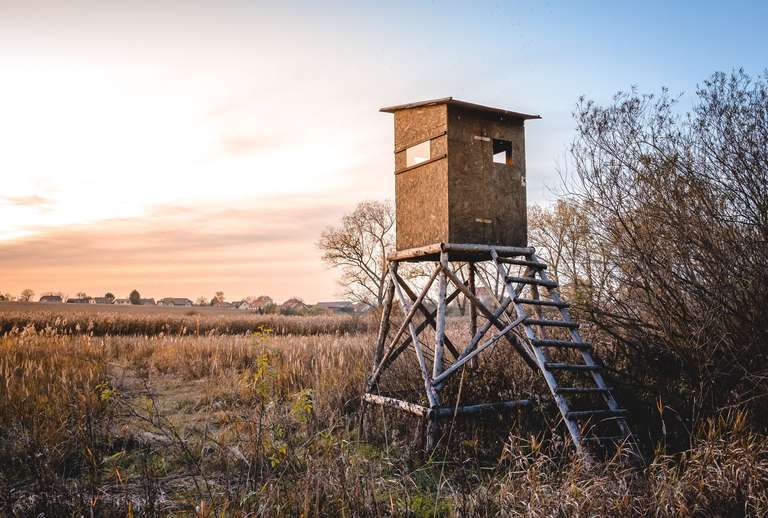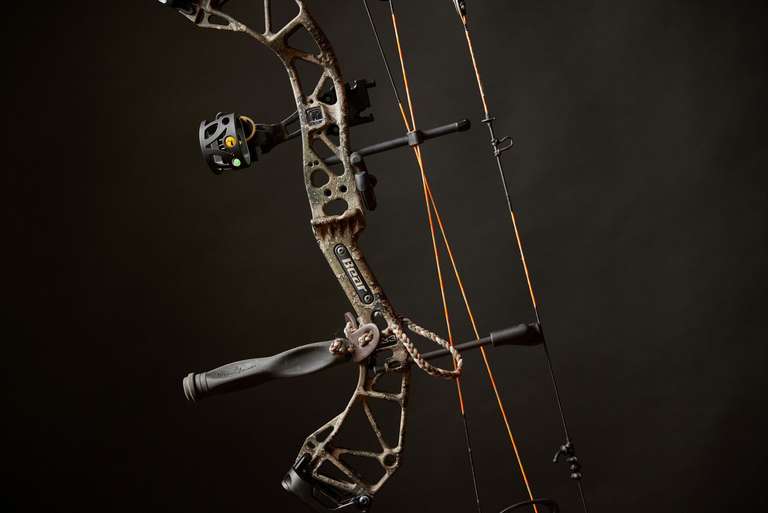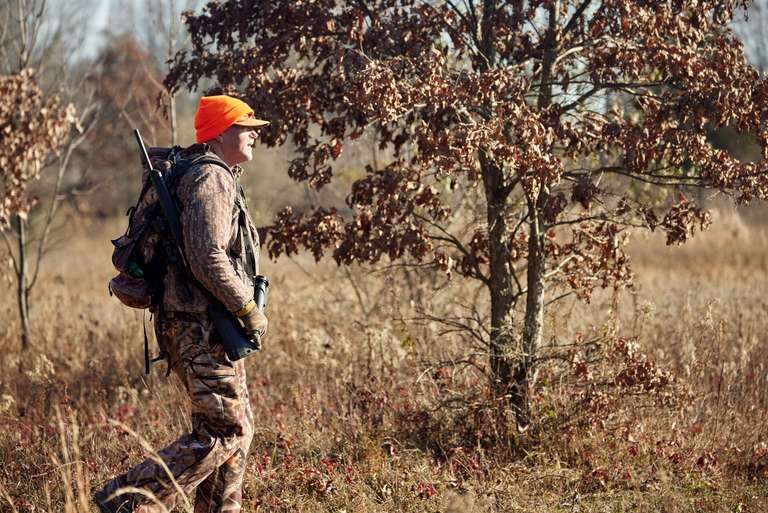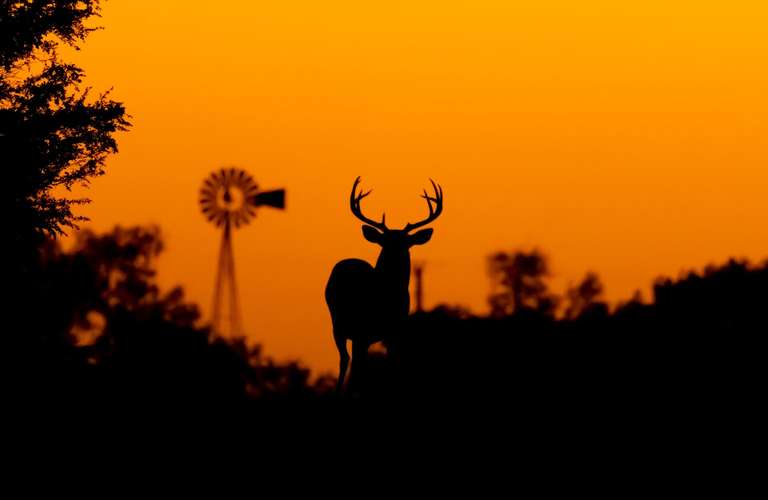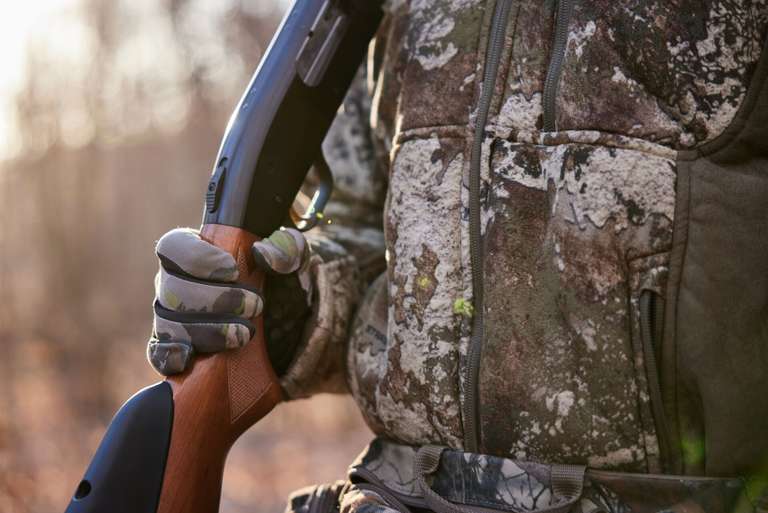Elevated Hunting: Why You Need a FAS System
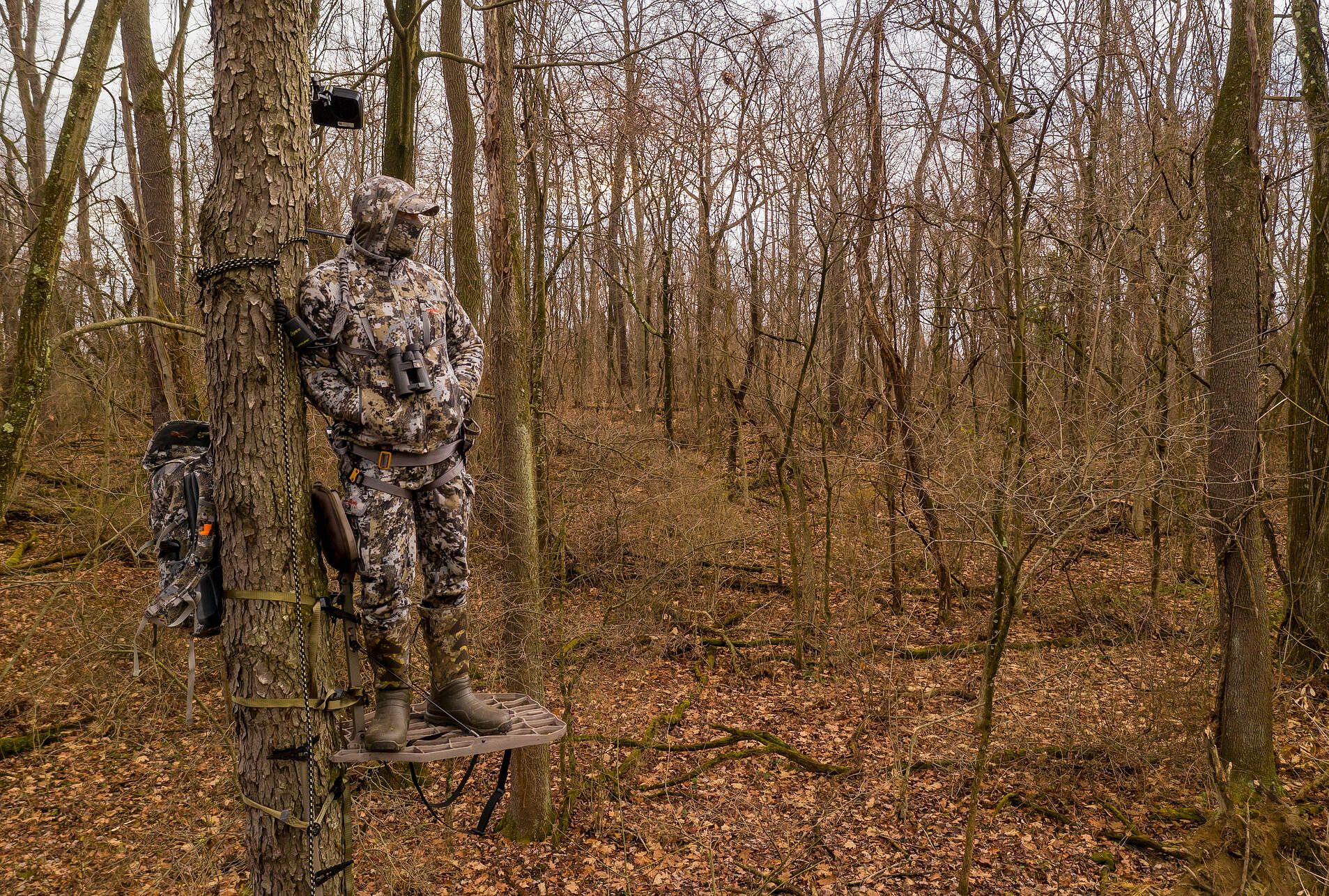
There's nothing quite like the magic of hunting from a tree stand. Whether it's the improved vantage point, staying above your quarry's scent detection zone, or just the basic comfort, tree stands are a valuable tool in the whitetail and bear hunter's arsenal.
If you choose to use a tree stand, one vital piece of equipment you should have is a Fall Arrest System (FAS).
In this guide, we'll look at what an FAS system is, how it works, and how it can keep your tree stand hunts safe.
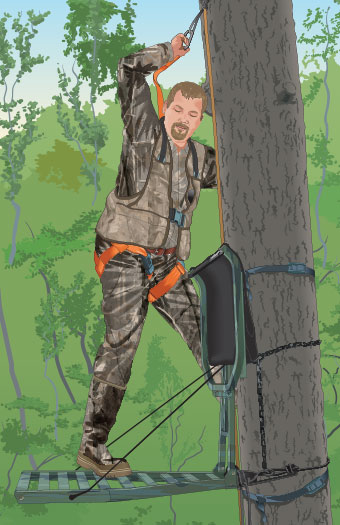
Safety First: The Importance of the FAS System
While tree stands offer several advantages to a hunter, they also come with significant risks. Falls from tree stands, or climbing up and down from stands, are one of the leading causes of hunting-related fatalities and injuries.
Even falls from relatively low heights can cause severe injuries.
Every hunting season, 3,000 to 4,000 people are injured from tree stand-related falls. Injuries typically include broken bones, concussions, internal bleeding, and spinal fractures leading to paralysis.
Preventing Falls
Fortunately, most falls from tree stands are preventable.
The best option is using a Fall Arrest System to keep you securely attached to the tree. If you slip while climbing or sitting on the stand, the FAS will stop your fall and allow you to safely get back to the stand or grab the tree to descend to the ground.
Peace of Mind
In addition to a FAS's physical protection, it also offers peace of mind. Feeling that you're properly secured to the tree lets you keep your focus on the hunt instead of worrying about falling.
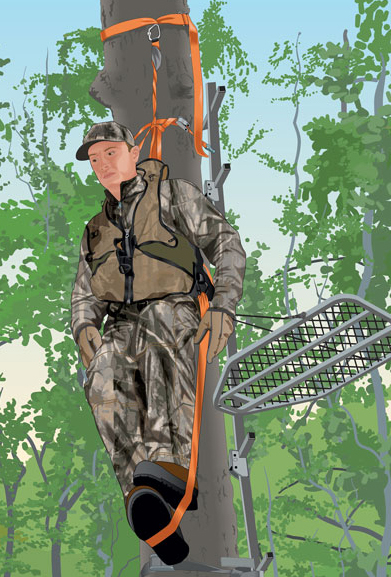
What is an FAS System?
The Fall Arrest System is a safety harness that connects you to the tree and prevents you from impacting the ground should you slip or fall from an elevated position.
A typical FAS includes four components:
- Body Harness: The wearable component of the FAS, the harness connects you to the anchoring point on the tree. The harness distributes the force of a fall throughout your body and should keep you upright.
- Tether: A strong and somewhat elastic line connecting the back of your harness to the lifeline. A tether will help decelerate your fall and provide some shock absorption.
- Lifeline: A rope or cable anchored to the tree and running from the ground to your stand, allowing you to stay connected throughout your climb.
- Suspension Relief Strap: Nylon webbing that forms a loop around the tree and provides a handhold or foothold. You can step or grab the strap to get back into the stand if you fall.
The suspension relief strap is crucial and lets you take some of your weight off the harness since circulation in your legs can get cut off if the harness holds your entire body weight for too long.
Choosing the Right FAS
Due to the wide variety of designs and manufacturing standards, all Fall Arrest Systems are not equal, so selecting an FAS that meets your specific needs is important.
Comfort and Fit
An uncomfortable FAS that doesn't fit properly is less likely to be used.
Look for padded harnesses and adjustable straps. Read online reviews and test the comfort and fit at your local retailer.
At the end of the day, the best FAS is the one you'll wear every time you use a tree stand.
Quality and Certification
You can't assign a price to your life, so invest in the best system you can afford.
Select a system that meets or exceeds industry safety standards. The U.S. Consumer Product Safety Commission has several standards your FAS should meet. The Treestand Manufacturer's Association (TMA) also has voluntary standards that most treestand and harness manufacturers comply with.
The standards that the FAS meets should be listed on the product packaging and online product description.
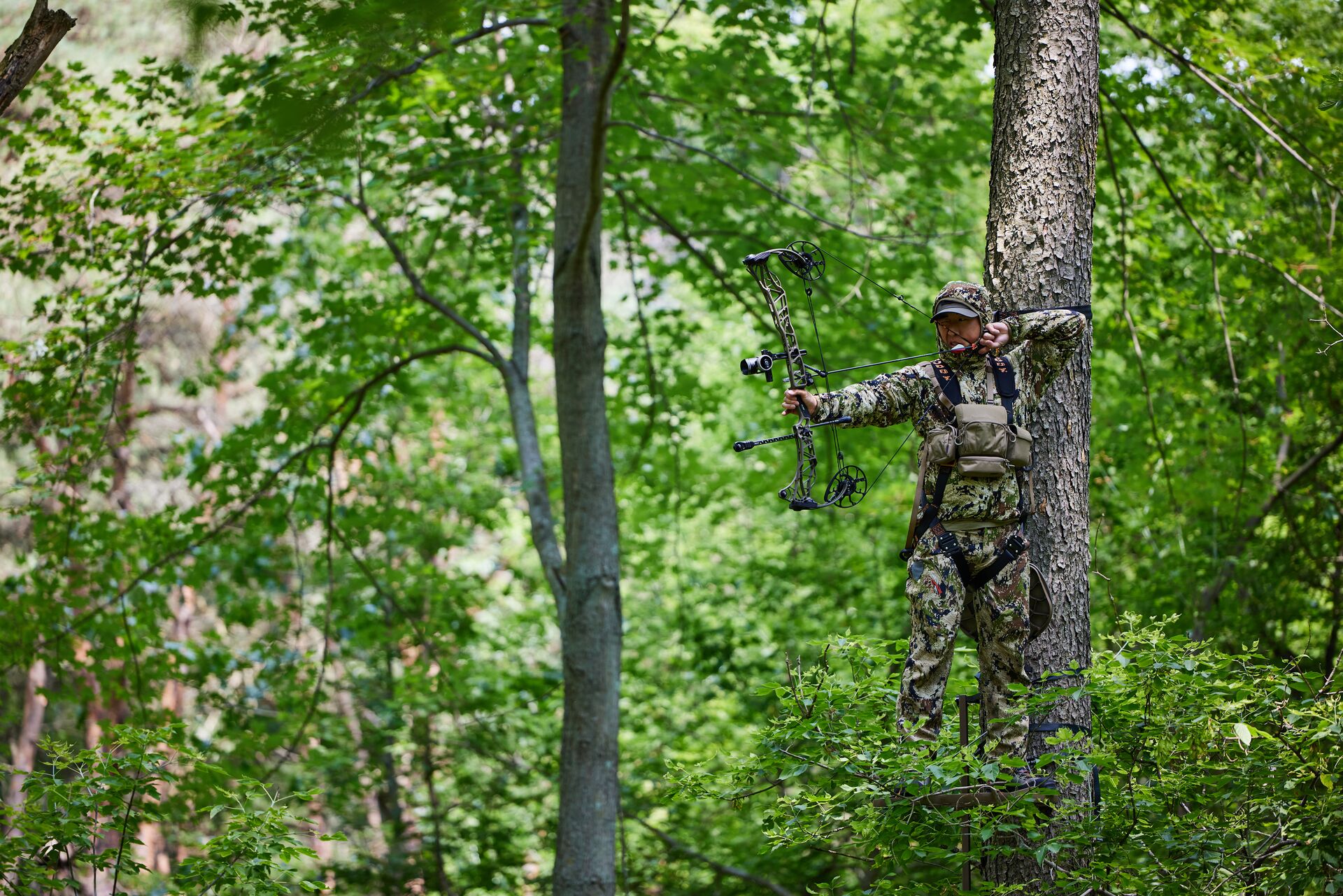
Proper Use and Maintenance
To maximize the benefits of your safety system, make sure you wear it correctly and maintain the equipment according to the manufacturer's instructions.
Correct Usage
Make sure all straps are connected and secure.
As obvious as this may be, double-check that the leg, shoulder, belt, and chest straps are connected and buckled before you begin your climb. In the excitement of getting up in the stand before daylight, hunters have been known to miss leg straps and forget to buckle the belt.
Keep the tether at or above shoulder level and as short as possible. This minimizes the distance of any potential fall, and a shorter distance translates to less impact energy.
Inspection and Maintenance
Before you leave for your hunt, thoroughly inspect your FAS for any signs of damage. Look for broken buckles or frayed webbing, and pay extra attention to the stitching and attachment points.
Check the tether and lifeline by looking at and touching every inch of the tether and rope or cable. Look for abnormalities and damage, such as flexing the rope and making sure it bends and curves evenly. Any sharp or uneven bends mean the rope's core is damaged.
If you find any areas of concern, do not use the system. Replace it immediately.
Additionally, maintain your FAS according to the manufacturer's recommendations. This generally means keeping it clean and removing dirt or blood with cleaning solutions as directed by the manufacturer.
Remember: Every piece of equipment has a shelf life. Replace your FAS before the expiration date sewn into the label.
You'll also want to replace the system if you fall and it catches you. Your FAS did its job and should be replaced and never used again.
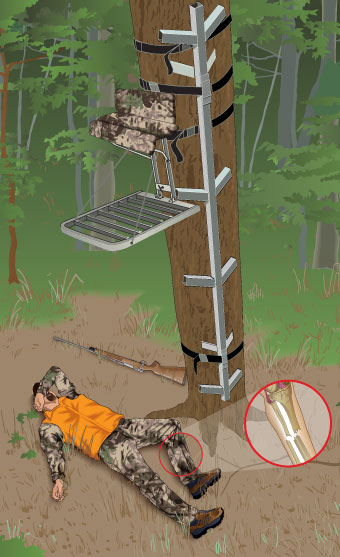
Apply Best Practices
An FAS only works if you use it.
Build the habit of always wearing your harness and ensuring you are attached to the tree before you begin your climb. Keep wearing it until you are safely back on the ground at the end of the hunt.
Encouraging a Safety Culture
Hunting safety goes beyond personal responsibility. It's about leading by example and fostering a community-wide commitment to best safety practices.
Educate Others
As you get more comfortable using your FAS, share your experiences with other hunters, especially those new to hunting.
Building a hunting community that embraces safety best practices can reduce accidents and prevent memorable hunts from turning into tragic ordeals.
Create a Habit
Make safety automatic during every hunt. Just as you wouldn't forget your weapon or cold-weather clothing, run through your gear checklist before leaving home and ensure your FAS system is included in your essential gear.
Develop a routine, or standard operating procedure, that includes setting up your FAS once you get to your tree stand. Follow that process and have a system for double-checking that your straps are secure and your tether is connected correctly until you are safely back on the ground.
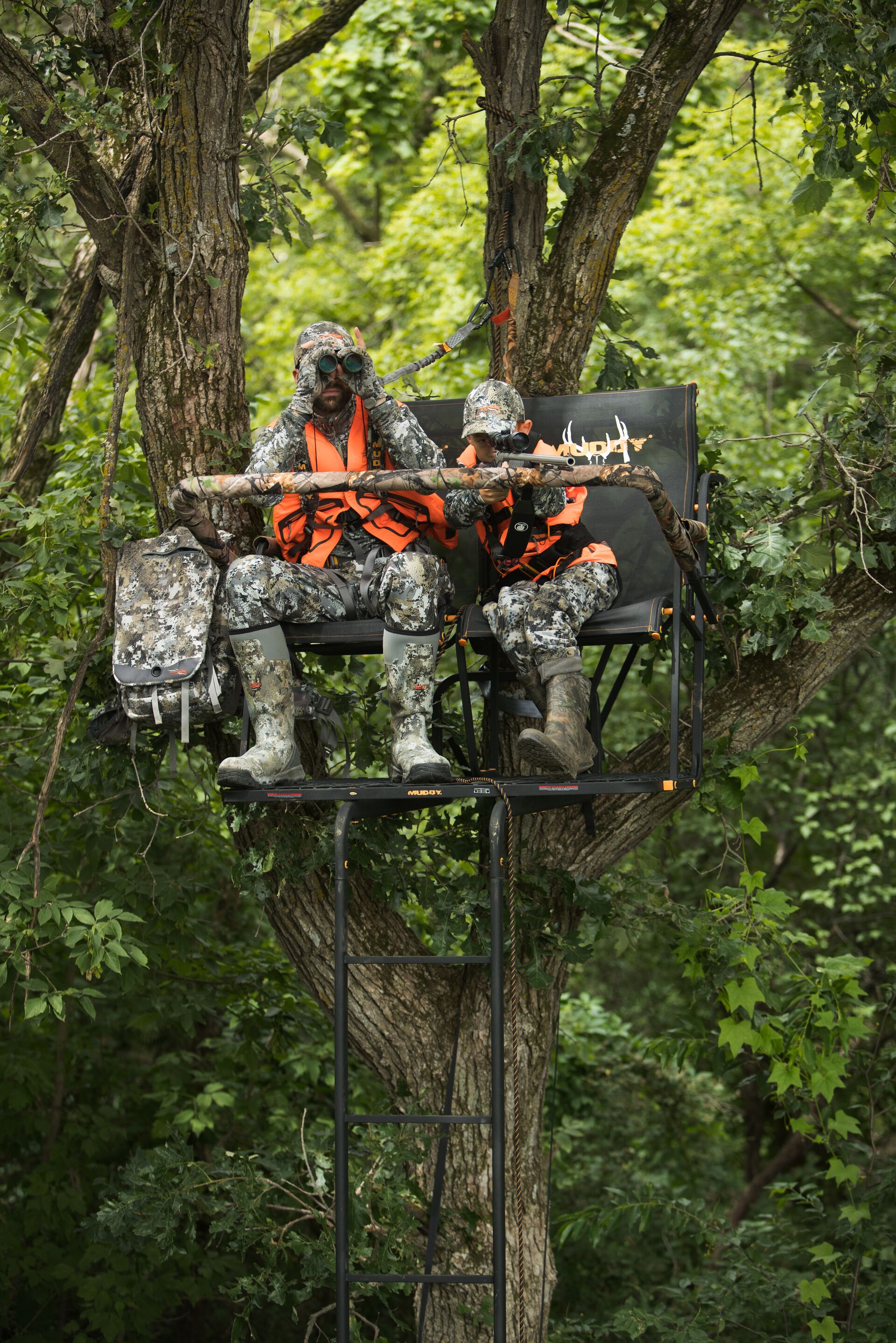
Use Your FAS System and Hunter Education to Stay Safe for Every Hunt
A Fall Arrest System is an indispensable and life-saving piece of equipment that should be used by every hunter working from a tree stand or elevated position. This gear provides critical protection against falls and gives you the peace of mind to keep your focus on the hunt instead of potential injury.
Your safety, as well as the safety of your partners, is crucial to a successful hunt. While using a FAS is important, it's just one element of a hunter's safety toolbox. We also recommend taking a comprehensive hunter safety course to sharpen your existing skills and learn new ones as technology advances.
ilearntohunt offers engaging, up-to-date, and state-specific courses to help you become a more knowledgeable, responsible, and safe hunter. Most states require hunters to pass a hunter education course, so why not choose a fun, gamified, online course to get the job done and improve your safety skills in the field!
Before your next hunt, cover your safety bases. Choose the course for your state and start learning!

